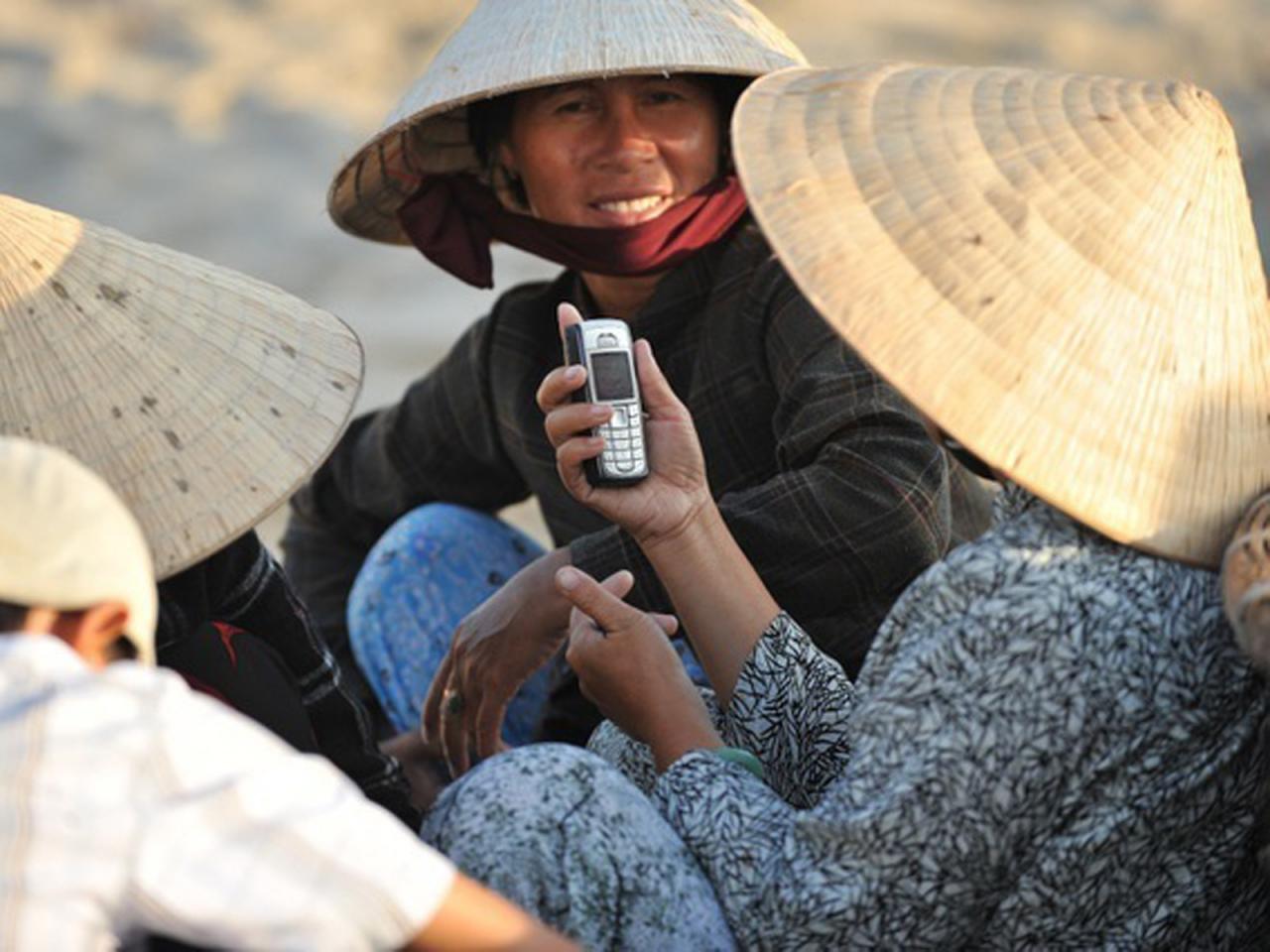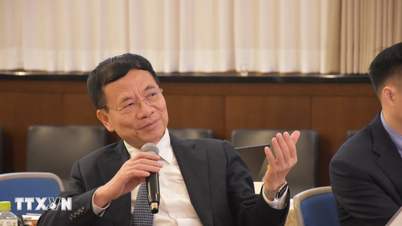
Turn off 2G waves to promote national digital transformation
Tomorrow, December 5, 2023, the Vietnam Information Technology Journalists Club (ICT Press Club) will organize a discussion: "Switching off 2G waves to bring people to the digital environment".
Experts say that each country has different methods and goals when turning off 2G and 3G technology. However, if a network operator wants to deploy new 5G mobile technology, maintaining the operation of too many parallel technologies such as 2G, 3G, 4G at the same time will cost a lot of money and be ineffective. Therefore, it is necessary to turn off old technology to optimize operations and reserve resources and radio frequency bands for new technology, meeting the development goals of the network operator and the country. Vietnam chooses to turn off 2G to promote national digital transformation.
The Ministry of Information and Communications said that in preparation for the roadmap to turn off 2G waves, a series of policies have been issued. Accordingly, from July 1, 2021, the "National technical regulation on terrestrial mobile information terminal equipment" officially took effect, requiring mobile information terminal equipment manufactured and imported into Vietnam to support 4G technology or higher.
Based on the analysis of market development trends and mobile technology, combined with state management goals and agreement with mobile businesses, on September 27, 2022, the Ministry of Information and Communications issued an official dispatch on the direction of implementing the roadmap and plan to stop 2G mobile technology.
The target is to complete the discontinuation of 2G technology by September 2024 at the latest. This is the time when the mobile telecommunications service business license and radio frequency band license expire, to be consistent with the radio frequency planning orientation.
The Ministry of Information and Communications said that mobile businesses must have a plan to stop 2G technology and must ensure the continuous and uninterrupted provision of mobile information services; ensure the rights of service users when stopping this technology and comply with relevant legal regulations.
The Ministry of Information and Communications has also oriented users to proactively switch to using smartphones; mobile businesses to develop plans and support users to switch; mobile terminal equipment manufacturing and trading enterprises in the Vietnamese market to change their business orientation... to achieve the common goal of turning off old technology waves, while contributing to achieving the goal of popularizing smartphones and accelerating the national digital transformation process.
Mr. Nguyen Viet Phu, Chairman of ICT Press Club said: “Our goal is to organize a discussion so that we can listen to the voices of management agencies and telecommunications businesses about the roadmap for shutting down 2G waves. Communication activities are very important for people to proactively switch devices and not affect communication when shutting down 2G waves. Telecommunications businesses and management agencies need to proactively propagate, guide, and answer questions for people. And today, the ICT Press Club begins to accompany the Government and businesses to promote that story.”
Which countries have turned off 2G?
By the end of 2022, 10 countries had completely turned off 2G. In South Korea, LG Uplus was the last carrier to turn off 2G on July 1, 2021, following rivals SKT (July 2020) and KT (early 2012).
According to TeleGeography, Asia- Pacific and Oceania are leading the way in shutting down legacy 2G networks.
The first country in the world to completely shut down 2G was Japan, in September 2012. Since then, other notable markets have done the same, including Macau (June 2015), Singapore (April 2017), and Australia (June 2018).
In addition to the two regions above, many other countries are also preparing to put an end to the 2G era. Rogers, Canada's only major mobile network supporting 2G, maintains the 850MHz band for both 2G GSM and 3G W-CDMA networks, however, 2G is only used in remote areas where 3G networks are not yet available.
In Switzerland, the second largest operator Sunrise will gradually shut down its 2G network from January 3, 2023, after initially announcing it in August 2022. Rivals Salt and Swisscom completed their 2G shutdowns in December 2020 and April 2021, respectively.
After planning to shut down their 2G networks by the end of 2022, UAE operators Etisalat and Du are aiming to hit the target by the end of this year.
According to TeleGeography’s GlobalComms database, 89 countries worldwide have 2G subscriptions accounting for less than 10% of total subscriptions. By 2028, 172 countries will have at least 90% of mobile subscriptions using 3G, 4G or 5G networks.
Source



![[Photo] Prime Minister Pham Minh Chinh chairs meeting to deploy overcoming consequences of storm No. 10](https://vphoto.vietnam.vn/thumb/1200x675/vietnam/resource/IMAGE/2025/10/3/544f420dcc844463898fcbef46247d16)



![[Photo] Students of Binh Minh Primary School enjoy the full moon festival, receiving the joys of childhood](https://vphoto.vietnam.vn/thumb/1200x675/vietnam/resource/IMAGE/2025/10/3/8cf8abef22fe4471be400a818912cb85)


































































































Comment (0)